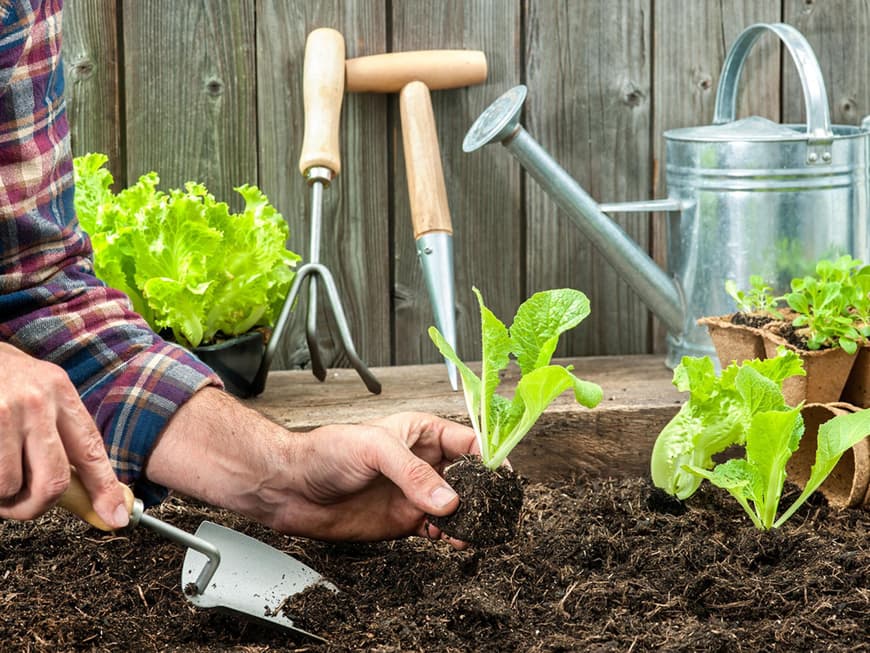
Set up the frame
This can be made of wood, plastic, stainless steel, natural stone, metal or coconut matting. It's really easy with a kit (from approx. 60 euros).
The structure
The base is a close-meshed wire mesh against voles. This is followed by various layers: coarse components such as chopped branches, garden waste, grass cuttings and straw, garden soil (it doesn't have to be particularly high quality), compost and high-quality potting soil. Each layer should be about 20 centimeters thick. Line the inside of wooden raised beds with bubble wrap or polystyrene sheets.
Advantages
As a raised bed is about 1.20 meters high, it is extremely easy on the back. Yields are higher as the raised bed provides better heat conditions and you can start growing now. Poor garden soil doesn't matter, as the top layer consists of good, nutrient-rich soil.
Planting tip
In the first year, the plants' nutrient supply is so good that you should only grow highly nutritious vegetables such as leeks, eggplants, tomatoes, cucumbers or cabbage, which do not accumulate nitrate in their leaves and fruits. From the third year onwards, you can also plant low-yielding herbs and lettuce. Always water generously.
You might also be interested in this:
Build your own hanging herb shelf
Fit for spring: How to bring the garden out of hibernation
Grow your own vegetables: Even in the smallest of spaces
Green oasis: The best north-facing balcony plants
Viva Balkonia: The best south-facing balcony plants
